What to Watch Next: 2020 Documentaries
We’ve already talked about the different styles of documentaries in a previous blogpost, but since then, a ton of new docs have been streamed for countless hours in this year that never seems to end. Let’s go through some of the most popular documentaries of the year so far to see what styles they fit into. This process of categorizing documentaries is kind of subjective. In other words, a documentary might fit into many different styles. One person could say that a documentary fits X style for X reason, and another person could perceive it as more Y style for Y reason. With that said, here are some of my favorite documentaries that I’ve seen so far and what style I believe they fall into best.
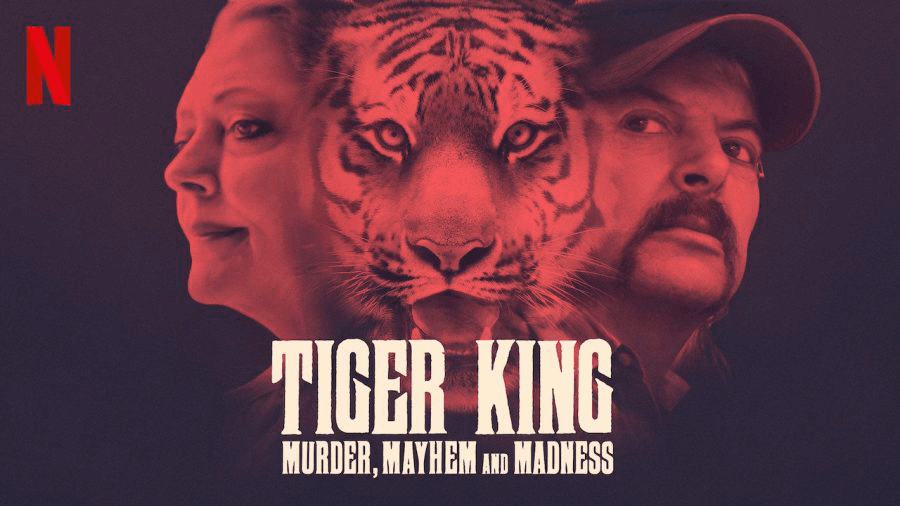
Tiger King
Perhaps one of the most ‘viral’ documentary hits of the year was Tiger King. It captivated audiences at a time when many were first forced inside due to stay-at-home orders. In some ways this documentary reflects the observational documentary style, in that on the surface it’s trying to show both sides of a feud between big cat owners Carole Baskin and ‘Tiger King’ Joe Exotic. Some time after it debuted and the huge cultural following it developed, it started to become clearer that the documentary was a bit sensational and far from objective in its portrayal of Baskin’s involvement in the disappearance of her late husband (sorry, no spoilers). The more accurate style of this documentary is likely closer to participatory, due to the involvement of the director as an interviewer and integral part of the story. Some could even argue that Tiger King is an expository documentary, due to it clearly trying to persuade and inform viewers of the dangers of raising and exploiting exotic cats in captivity. I can sort of see that, but to me there are some other documentaries from this year that are much better examples.
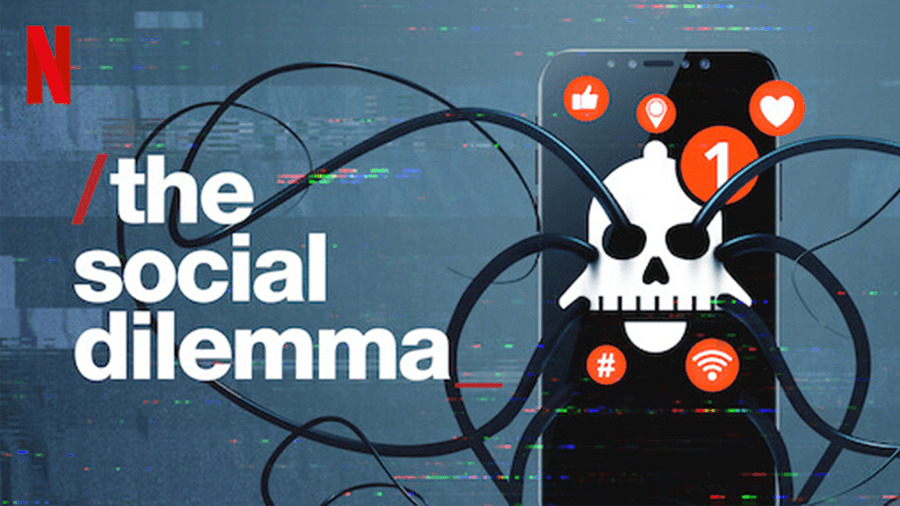
The Social Dilemma
A clearer example of an expository style is seen in The Social Dilemma - a documentary that’s trying to inform and convince you of the dangers of social media. This documentary doesn’t hold any punches between its interviews with previous high-ranking employees of the biggest social media and tech companies, and its hypothetical reenactments showing the effects of social media on a typical American family. The latter aspect, while shown more creatively than the usual b-roll found in a documentary, also clearly shows that this piece is trying to persuade the audience that social media is one of the most addictive and manipulative platforms ever created. For that reason, while I found this documentary to be informative, I more-so saw it as a dramatic romanticization of the evil impact of social media.
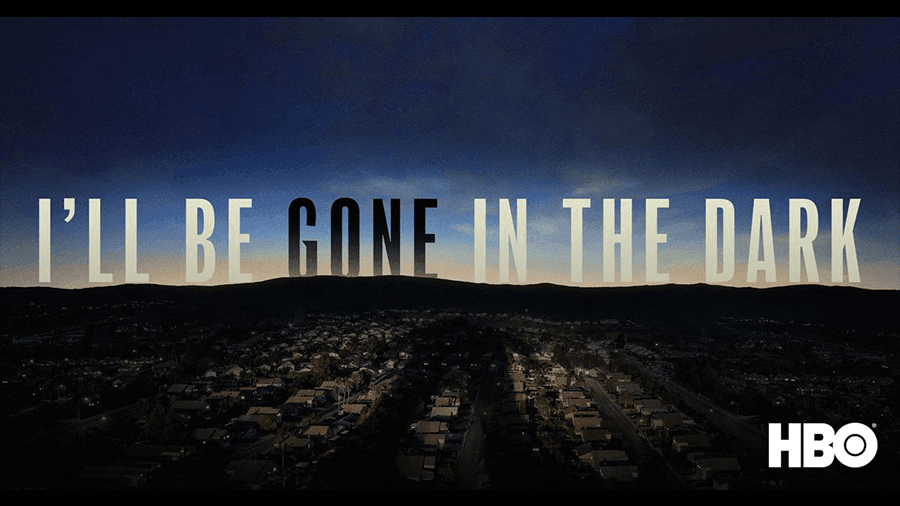
I’ll Be Gone in the Dark
The best example of the expository style that I’ve seen so far is the HBO documentary series I’ll Be Gone in the Dark. This series details each attack made by the Golden State Killer, also known as the East Area Rapist. Not only does it inform the viewer of these disturbing attacks over a span of decades, it also details how the EAR’s identity was discovered after a painstaking search process mostly done by the late author Michelle McNamara. This documentary has a compelling mix of informative interviews from victims and the dedication of McNamara to carefully piece together every tidbit of information that she could find. It’s storytelling is so in-depth and detailed that it feels like you’re solving the case with McNamara instead of watching her.
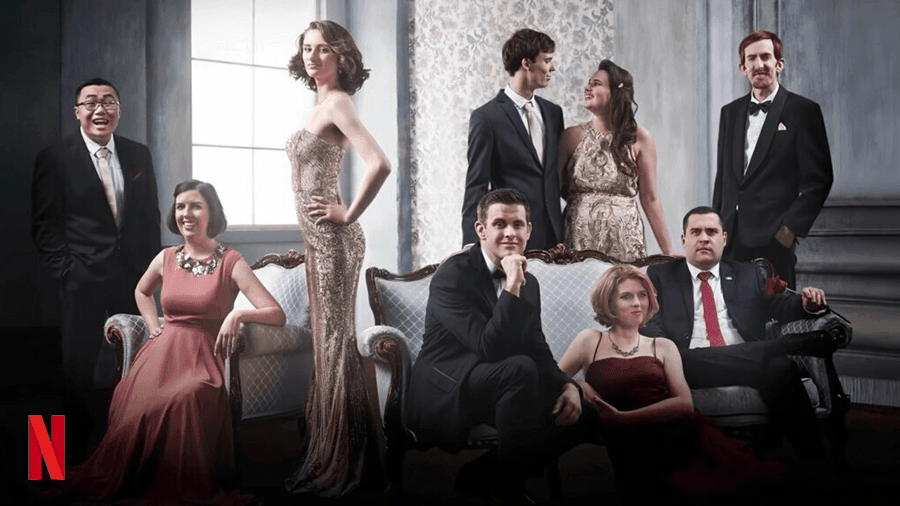
Love on the Spectrum
Love on the Spectrum is another docu-series, this time from Netflix. It focused on the journey to find a compatible partner from the perspective of a group of adults who have autism. You could find the usual elements of a standard documentary in this, like on-screen interviews with the director before and after each date. However, what really separates this series the most for me is its ability to just show the situations as they’re happening, no matter how awkward, with no obvious interference or attempts to persuade the viewer from the director. This is why I would classify this documentary under the poetic style. Although it’s not some abstract work like a lot of poetic documentaries are, it’s a piece that puts something on screen and leaves it up to you to decide what you take away from it. This might be a loose interpretation of what a poetic documentary is, but I feel it fits nonetheless.
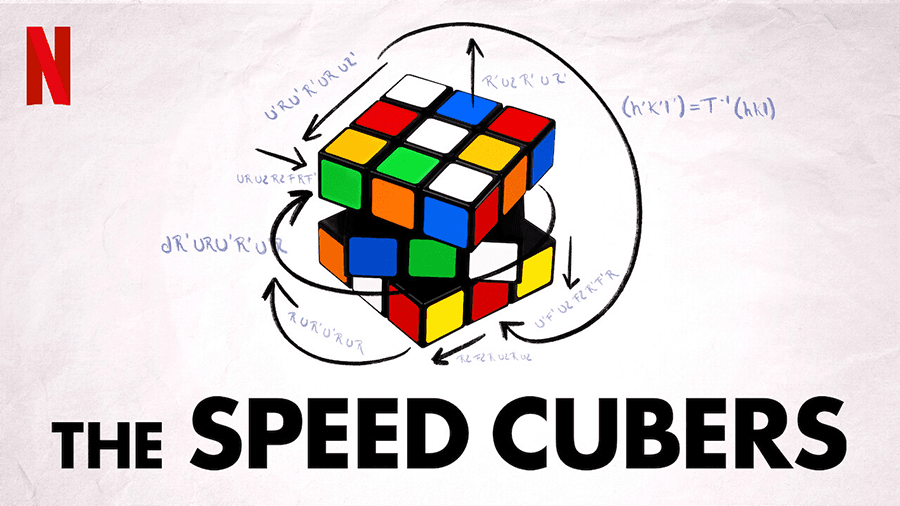
The Speed Cubers
The Netflix documentary The Speed Cubers is another example of a documentary that I would fit into this interpretation of the poetic style. It gives a look into the world of competitive speed cubing, where competitors race against the clock and each other to solve varying sizes of Rubick’s cubes in the fastest amount of time. But this documentary focuses more closely on two of the sport’s fastest competitors. Max, a young up-and-comer who also has autism is quickly rising through the ranks, as he approaches and breaks records of past champion and his own idol, Feliks. The documentary is filled with high-stakes moments of the competitions, contrasting with the heartfelt role-model relationship between Feliks and Max. Again, this documentary isn’t trying to convince you of anything, it’s just there to tell a story and leave the interpretation up to you.
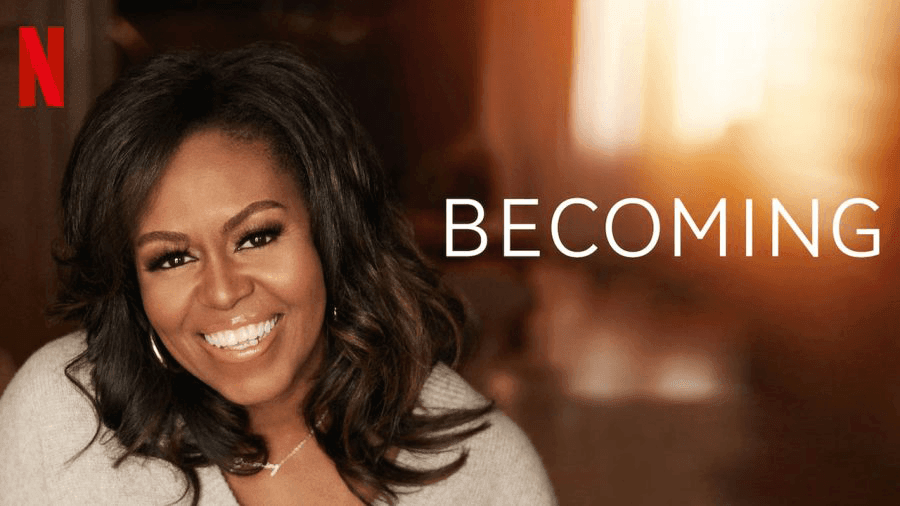
Becoming
A documentary that fits more into the observational style is Netflix’s Becoming. Becoming uses a series of interviews, past footage and more current footage of First Lady Michelle Obama to tell the story of her journey of becoming the first African American First Lady in U.S. history. The use of this archival footage intertwining with the present day of the documentary really makes the piece feel factual and objective, fitting it perfectly into the observational style. Though the past footage is used in more of an archival sense and wasn’t entirely filmed by the filmmakers, it still provides that level of wholeness to the piece that is hard to match.
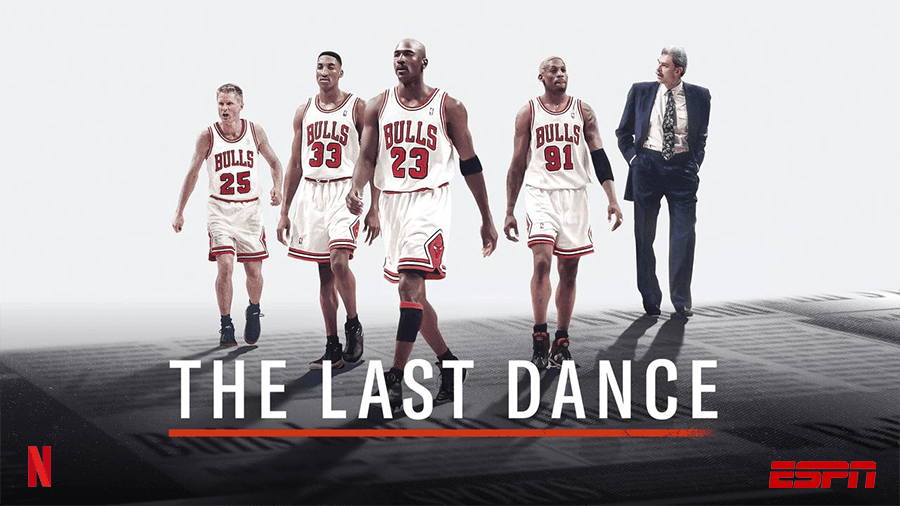
The Last Dance
Speaking of using old archival footage to tell a new story, there’s no better example than The Last Dance, a docu-series about Michael Jordan and the Chicago Bulls during their “last run” at a championship in 1997. Using never before-seen footage and obtaining interviews with the iconic players of that era, this docu-series feels like you’re stepping into the past to see in-the-moment, raw and unedited footage of players that the American public already thought they knew so well. A marquee aspect of the compelling storytelling is the constant then-and-now timelines, even showing how retired players now react when shown past footage of themselves or others in their prime. The filmmakers also used this as a tool to get new perspectives on old events, adding dimension and gray areas to moments that were thought to be black and white basketball history. If that’s not true objectivity, I’m not sure what is.
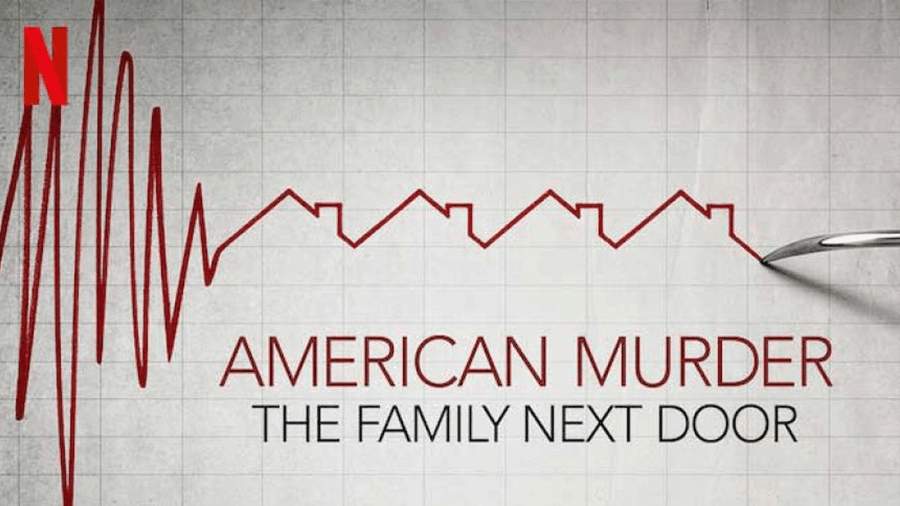
American Murder: The Family Next Door
Although not as archival, the documentary American Murder: The Family Next Door on Netflix uses footage to make one of the most unique pieces of the year. By only using police body-cam footage, news footage, social media posts and even a neighbor’s security camera, the story of the murder of an American wife and mother and her children is both raw and captivating. Due to the lack of voiceover or interviews specifically for the documentary, it feels like you’re watching a movie unfold, when really it’s entirely nonfiction. In showing the footage, text messages and sound bytes in the order that they happened in real time, it’s about as objective and raw as it gets. As I’ve said, some of these documentaries were really difficult to nail down to just one style. As more documentaries come out, they look to constantly push the envelope of style classification. I’m not complaining though - with the amount of documentaries that come out every month, it’s nice to still be surprised and entertained when you’re watching something unlike anything you’ve ever seen. If you haven’t seen some of these documentaries above hopefully this will encourage you to watch them and try to figure out their style on your own. But remember, these are just a few of the many documentaries to come to streaming so far this year. Who knows what other stories will be told and styles will be bent before this year’s end.




